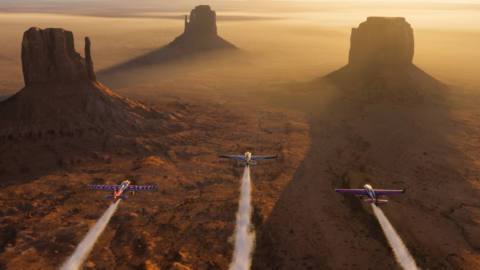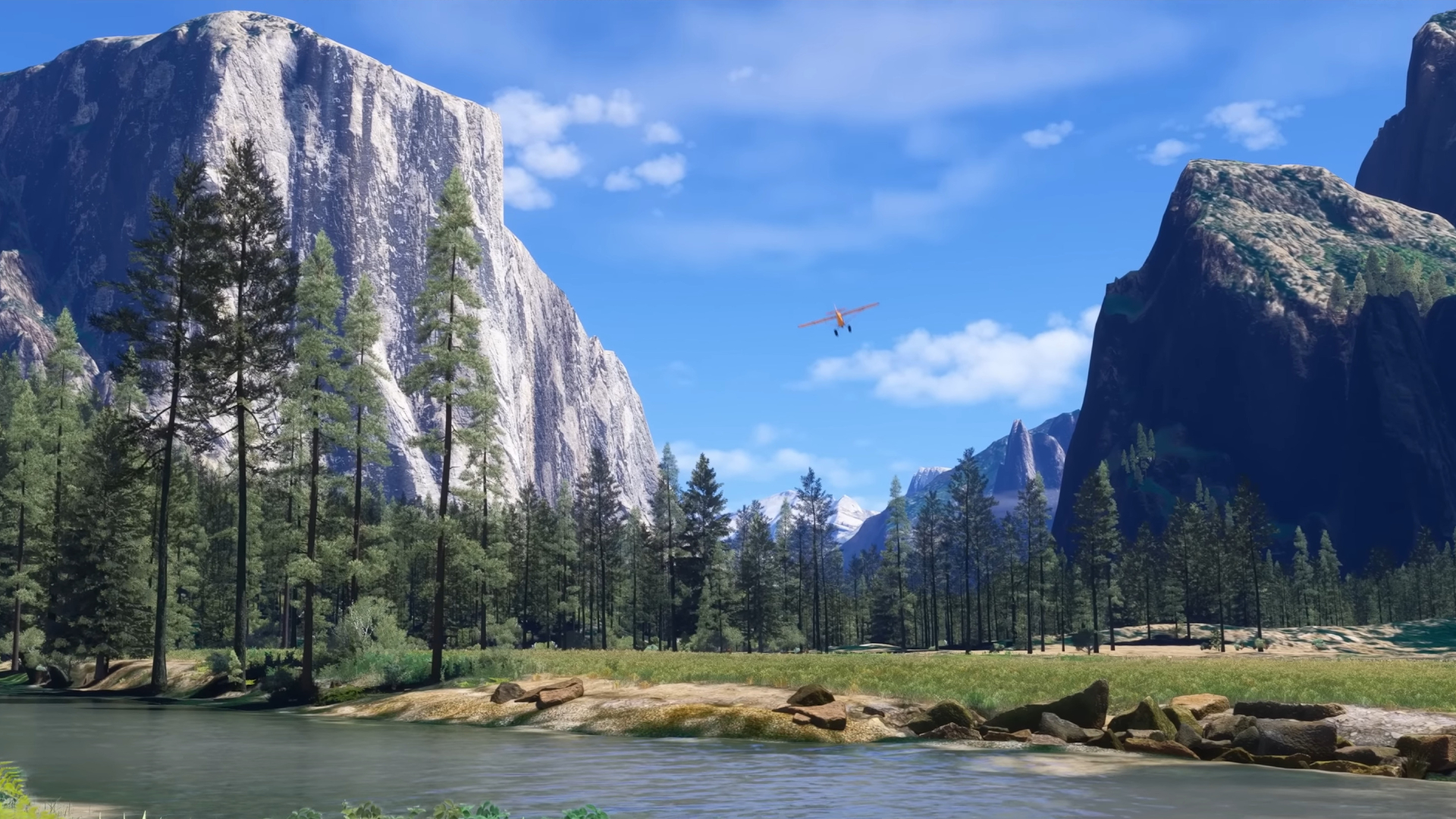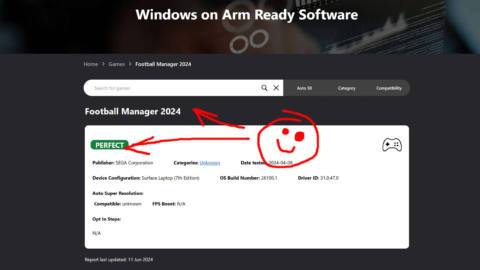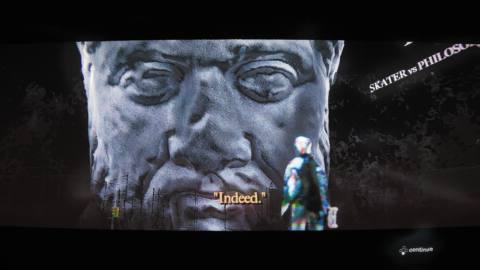If you're looking for a game that operates on a truly global scale, it's difficult to think of a better candidate than Microsoft Flight Simulator. Since the current version released in the summer of 2020, it's become something of a poster child for bringing the real world details of our planet into a simulator, thanks to its use of topography data imported primarily from Bing maps and processed by Microsoft Azure's AI.
Yes, Bing maps. This is a Microsoft product, after all. I got a chance to chat to the Head of Microsoft Flight Simulator, Jorge Neumann, about the tech that's gone into its development, and what the future of flight simulators might look like in the upcoming Microsoft Flight Simulator 2024. And what he revealed to me, tech-wise, sounds nothing short of astonishing.
My first question is about bugs. Given the game map is essentially the size of the Earth, how do you bug fix on a planetary scale?
“[MSFS 2020] is in layers, that's basically how I think about it. We get aerials, typically as a form of satellite imagery and aerial imagery across the Earth. We refresh that every three years, the entire Earth basically gets refreshed, because it all stems from a collaboration with Bing Maps. And then we have something called the digital elevation map, which is essentially the height field.
“You get that from LIDAR scans, you fly airplanes over the [Earth's] surface, you get a LIDAR image. And that elevation data oftentimes is 50 centimeters or a meter, so every meter you get a point. So you get a really good representation of Earth, and that's the base set. And we do bug fix those.”
Impressive stuff. That being said, it sounds like MSFS 2024 takes this technology to a new level of detail:
In [MSFS] 2024, we see every tree on Earth. We have a machine learning look up, essentially, and then we know what the tree is, even down to the point where we know what the species likely is… and then we plant trees, literally trillions of trees, and it's all done in run time, so it's pretty damn accurate. And then sometimes we get some bugs where the detection didn't quite work.

“For example, somebody brought us an email saying, hey, you have a forest in Iceland. And you know, that would be cool, but we don't really have that. So then we go in and actually fix this.”
You can literally walk your favorite mountain path to your favorite hut in the mountains
Given all the data involved, MSFS 2020 has a substantial install size. I wondered aloud if there were any plans to attempt to shrink that down in future versions:
“In 2020, the initial install is 130 GB. Then we have 17 world updates. If you calculate it up, we're at 500 GB. And then there are 5,000 add ons that people have made, which I think are two terabytes. So if you really want to get all this stuff, it's a pretty big install.
“So for Flight Simulator 2024, we've changed all that. We basically went for a thin client architecture, and we're not done yet. We're shipping in November, but we think we're going to be… I'd say 50 GB or less, but with tons more data, because we are offloading more to the cloud.”

“This is all 2024 talk—we made every airport look much better. We added every glider airport. We added every oil rig. We added every lighthouse. It feels like whatever comes to your mind you can actually do now, if you embrace the cloud.
“The way I think of this now, it really just comes down to, how good is the data we get, and how much are we throwing at it. I mean, for example, I'm currently on the, I call it the living world. We added hundreds of species of animals that run around. I worked on things like Zoo Tycoon…we have tons more animals than the native zoo game, and it's just a tiny little feature in Flight Simulator, but it feels like, oh yeah, we can do that.
“Right now, we have every ship on Earth, right? Every ship on Earth sends us a transponder signal… you can land on every ship, and it looks like a first person shooter environment. I think we're in a new era of making games that I think are going to break new ground, from a scale and complexity perspective.”
And it doesn't stop there. For example, in MSFS 2024, you're no longer limited to experiencing the Earth's “digital twin” from the skies alone:
“You can now exit the plane, walk around, in 2024. You can literally walk your favorite mountain path to your favorite hut in the mountains. Sit on the lake. See the sunset. It is truly a digital twin you can absorb.

“I think everybody has their own sort of emotional place… when MSFS 2020 came out, everybody flew to their house, and then the house where they were born, and then the houses where their friends are, their family.
“I'm very curious to see where people fly, because we improved the world so much in 2024 that it's worth revisiting, and there's some features we haven't talked about yet that I think are going to make that fascinating.”
Forgive me for being British for a second, but: Blimey. Far from being simply a flight simulation game, it sounds like MSFS 2024 is aiming for something even bigger and more comprehensive—something where flying is merely one reason to drop in and explore.
I was struck by two things during my interview. One, is that Jorge Neumann's passion for what his team is creating is unending. The second is that, by the sounds of it, Microsoft Flight Simulator 2024 is aiming for a level of parallelism with the real world that has yet to be achieved by any game to date.
Whether the team can pull it off is one thing. But if this comes together in the way that Neumann hopes, it sounds like something that, technologically speaking, pushes the very limits of what we expect to see in a simulation game. One thing's for certain: Whatever the result, you'll find me on launch day, buzzing trees, attempting to terrify the wildlife wherever I go.






